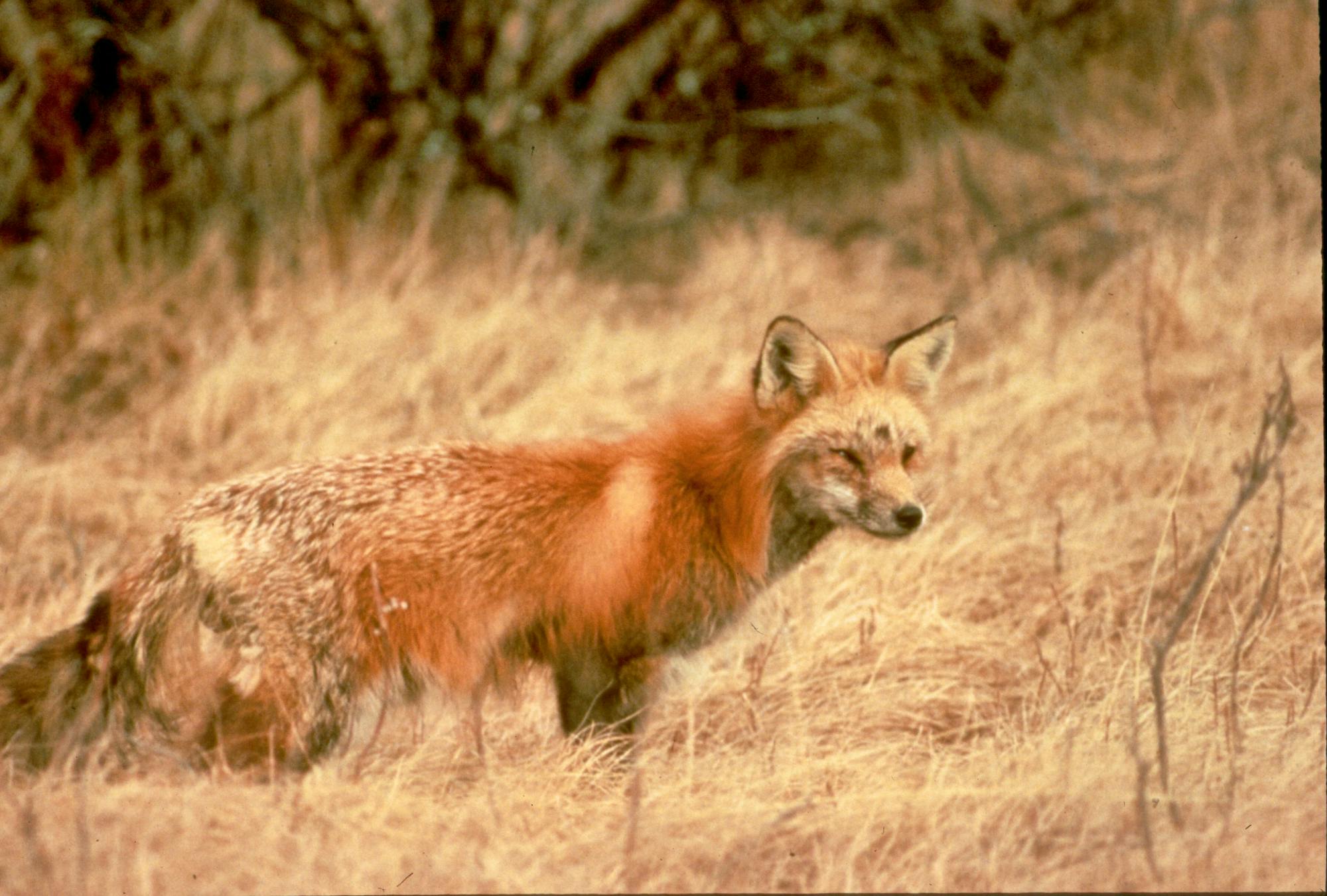TweetThe Service's decision for this population of Sierra Nevada red fox rests on a wrongheaded and unlawful regulation that creates a large loophole in the ESA’s requirement to designate critical habitat. Species like the fox that are threatened by factors such as climate change need even more attention to management threats like habitat loss—not less attention, as the Service’s unlawful regulation purports to allow
Defenders of Wildlife today notified the U.S. Fish and Wildlife Service that it intends to sue over its failure to designate critical habitat for an endangered population of fewer than 40 known Sierra Nevada red foxes along the Sierra crest. The FWS decision deprives this imperiled population of important habitat protections under the Endangered Species Act. The agency has 60 days to remedy violations in the notice.
“The Sierra Nevada red fox was thought to be extinct in California until a small population was discovered in 2010; its survival requires all the power of the Endangered Species Act,” said Pamela Flick, California program director for Defenders of Wildlife. “We urge the Service to do the right thing and designate critical habitat for this highly imperiled species.”
In 2021, FWS listed the Sierra Nevada red fox distinct population segment (specifically, the population that resides on the Sierra Nevada crest) as endangered under the ESA. The agency, however, also determined that it was “not prudent” to designate critical habitat — i.e. extend federal protections to certain habitat essential to species’ survival and recovery— because this fox population is chiefly threatened by factors such as climate change.
It is mandatory under the ESA that FWS must, to “the maximum extent” possible, designate critical habitat for species on the federal threatened and endangered list. Defenders of Wildlife is challenging both the agency’s determination and an underlying ESA regulation that provides unlawfully broad latitude to the agency to make “not prudent” determinations.
“The Service's decision for this population of Sierra Nevada red fox rests on a wrongheaded and unlawful regulation that creates a large loophole in the ESA’s requirement to designate critical habitat,” said Ellen Richmond, senior attorney for Defenders of Wildlife’s Biodiversity Law Center. “Species like the fox that are threatened by factors such as climate change need even more attention to management threats like habitat loss—not less attention, as the Service’s unlawful regulation purports to allow.”
The Sierra Nevada red fox is a subspecies of montane red fox with two distinct populations; the Sierra Nevada Distinct Population Segment at issue here, which experts believe consists of between 18 and 39 individuals, resides in California’s Sierra Nevada; and, the Southern Cascades Distinct Population Segment that lives in the Southern Cascades of Oregon and California.
For over 75 years, Defenders of Wildlife has remained dedicated to protecting all native animals and plants in their natural communities. With a nationwide network of nearly 2.1 million members and activists, Defenders of Wildlife is a leading advocate for innovative solutions to safeguard our wildlife for generations to come. To learn more, please visit https://defenders.org/newsroom or follow us on X @Defenders.
Media Contact
News

Defenders, Conservationists Celebrate Female Mexican Gray Wolf Movement




